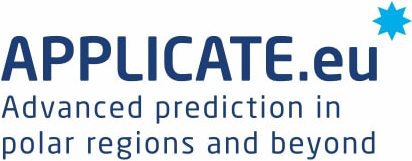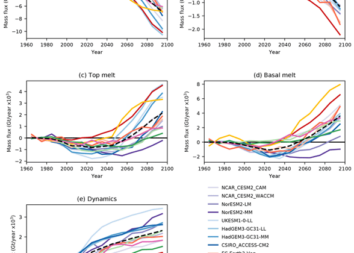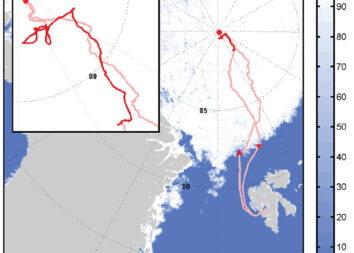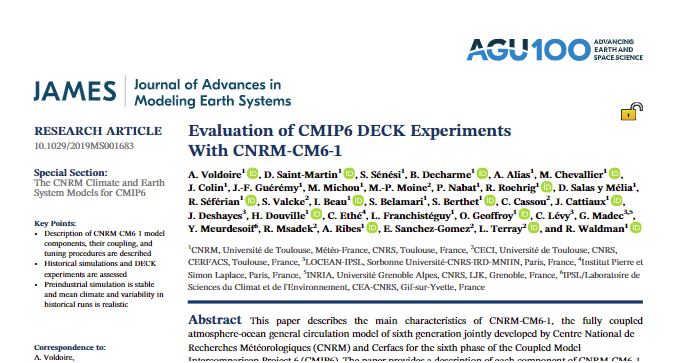
Evaluation of CMIP6 DECK Experiments With CNRM‐CM6‐1
1. June 2019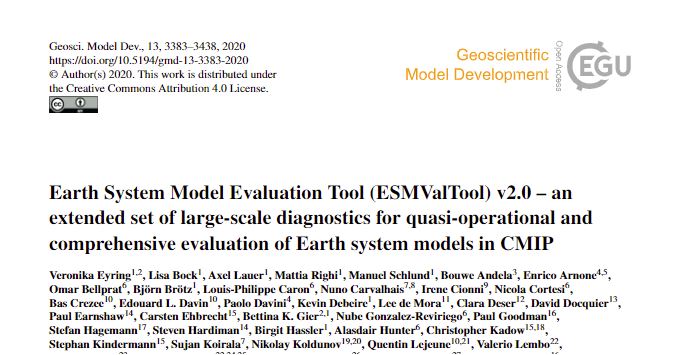
Earth System Model Evaluation Tool (ESMValTool) v2.0
30. July 2020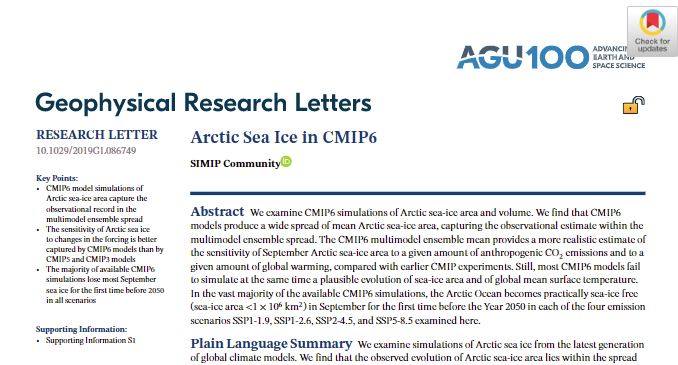
We examine CMIP6 simulations of the Arctic sea‐ice area and volume. We find that CMIP6 models produce a wide spread of mean Arctic sea‐ice area, capturing the observational estimate within the multimodel ensemble spread. The CMIP6 multimodel ensemble mean provides a more realistic estimate of the sensitivity of September Arctic sea‐ice area to a given amount of anthropogenic CO2 emissions and to a given amount of global warming, compared with earlier CMIP experiments. Still, most CMIP6 models fail to simulate at the same time a plausible evolution of the sea‐ice area and of global mean surface temperature. In the vast majority of the available CMIP6 simulations, the Arctic Ocean becomes practically sea‐ice free (sea‐ice area <1 × 106 km2) in September for the first time before the Year 2050 in each of the four emission scenarios SSP1‐1.9, SSP1‐2.6, SSP2‐4.5, and SSP5‐8.5 examined here.
